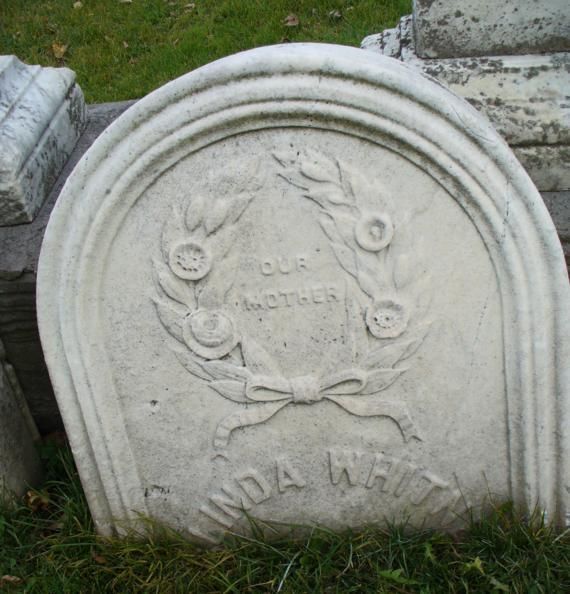Celinda Whitney Trott’s Legacy in Niagara Falls
In Niagara Falls, Celinda Whitney Trott is forever linked to two tourist destinations and the history of the Underground Railroad.
The Whitneys are one of the most important families in the history of Niagara Falls. Parkhurst Whitney and Celinda Cowing Whitney, their four adult children, and their sons-in-law each made significant contributions to the city’s growth and development. Their youngest daughter, Celinda Eliza Whitney, was born in 1817.
On a spring day in 1834, Celinda and her two sisters Asenath and Angeline “crossed the Niagara River during a period of decreased water flow, to three small islands just south of Goat Island. As they were the first women of Euro-American descent to brave the rapids [and] stand upon the islands, they were named the ‘Three Sisters Islands’ in honor of the Whitney girls.”
In 1846, a ferry service opened between the American and Canadian sides of the Niagara River. When the little steamer made its first trip below the falls, Celinda suggested that it be called the Maid of the Mist.
Celinda and James F. Trott from Boston, Massachusetts married at the Cataract House in 1844. The hotel was originally owned and operated by her father and then by his sons-in-law.
The Cataract House was a world-famous hotel in Niagara Falls. It was located on the banks of the Niagara River and had splendid views of the rapids. It attracted white, slave-owning families from the South and dozens of black hotel workers. The waiters helped enslaved people cross the Niagara River into Canada where they could be free.
The Whitney family may have also been involved in Underground Railroad operations at the Cataract House. As a girl, Celinda and her family most likely lived in the hotel and her father hired black waiters as early as the early 1840s.
After her parents retired in 1846, Celinda and James lived in the hotel for several years. As part-owners, “they were certainly involved in hiring African American waiters and certainly aware that many of them had escaped from slavery.” Some of the most famous Underground Railroad activities occurred on their watch in 1846 and 1853.
Celinda and James were also important figures at St. Peter’s Episcopal Church in Niagara Falls, which was known to support the Underground Railroad through charitable donations.
Celinda died in 1892. She is buried in historic Oakwood Cemetery in Niagara Falls. In Heritage Park on Buffalo Avenue, a historic marker designates the former site of the family-owned Cataract House and honors the brave hotel workers and freedom seekers. Three Sisters Islands and the Maid of the Mist are popular destinations for locals and tourists alike. In these ways, Celinda Whitney Trott has found lasting fame.
Hope L. Russell, Ph.D.


